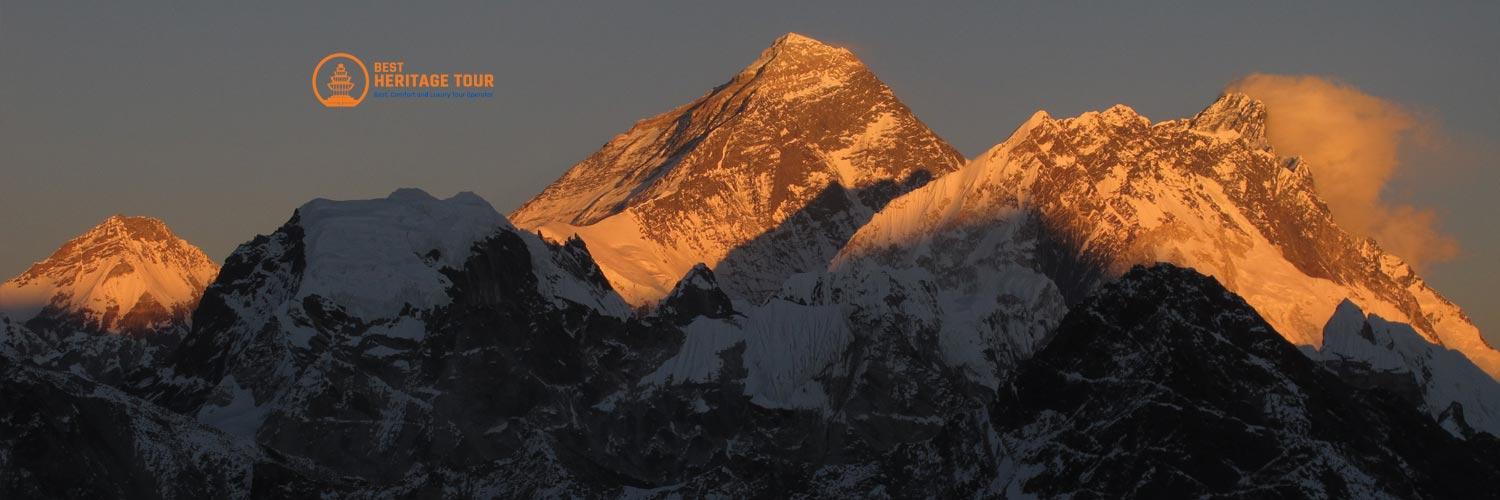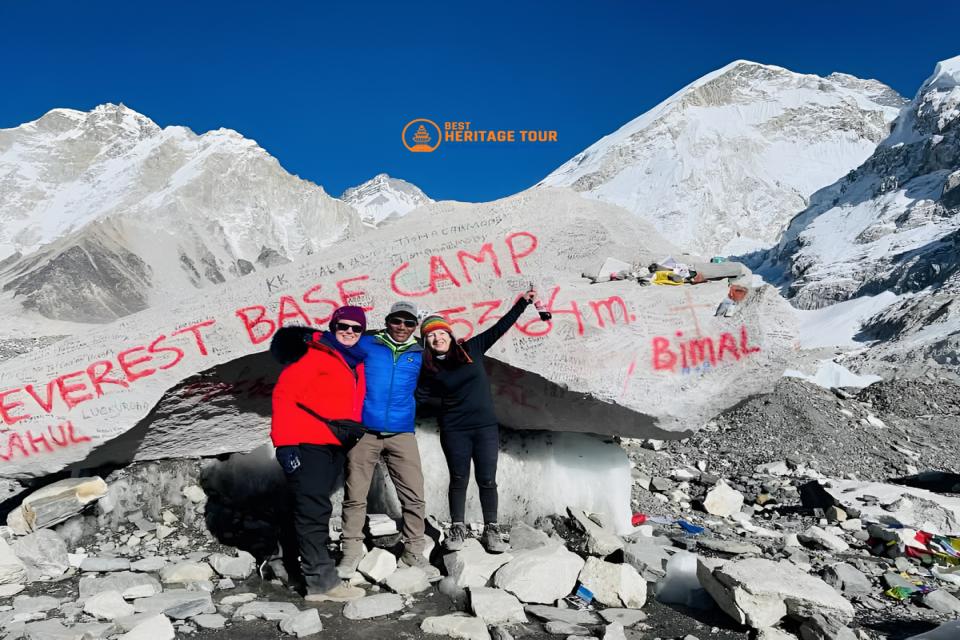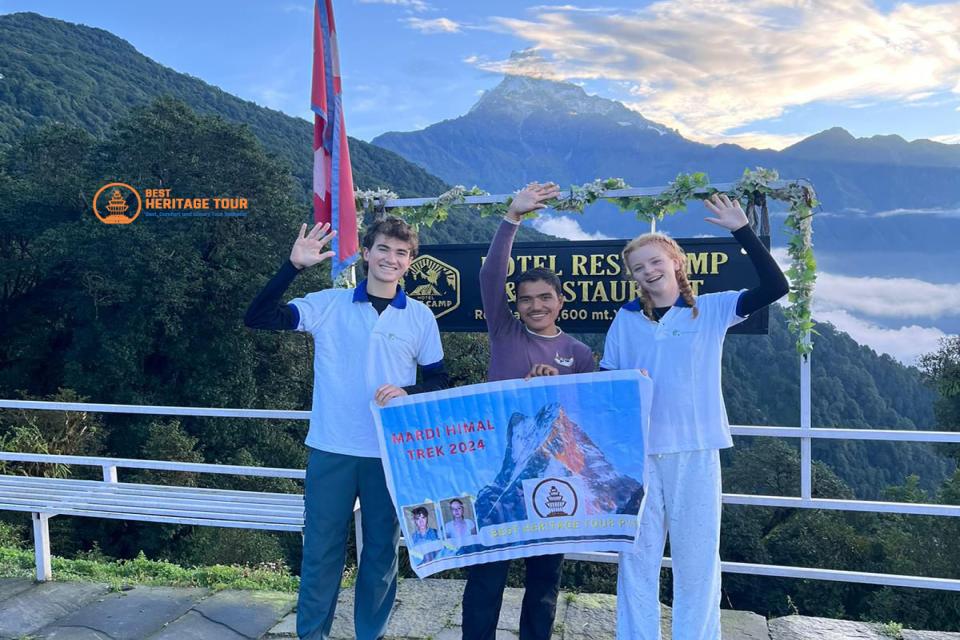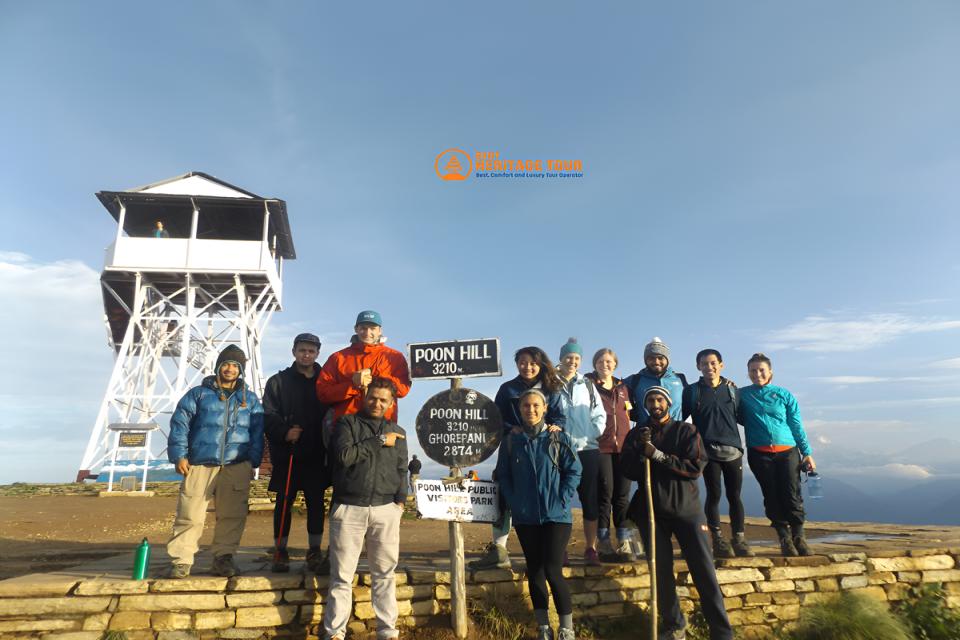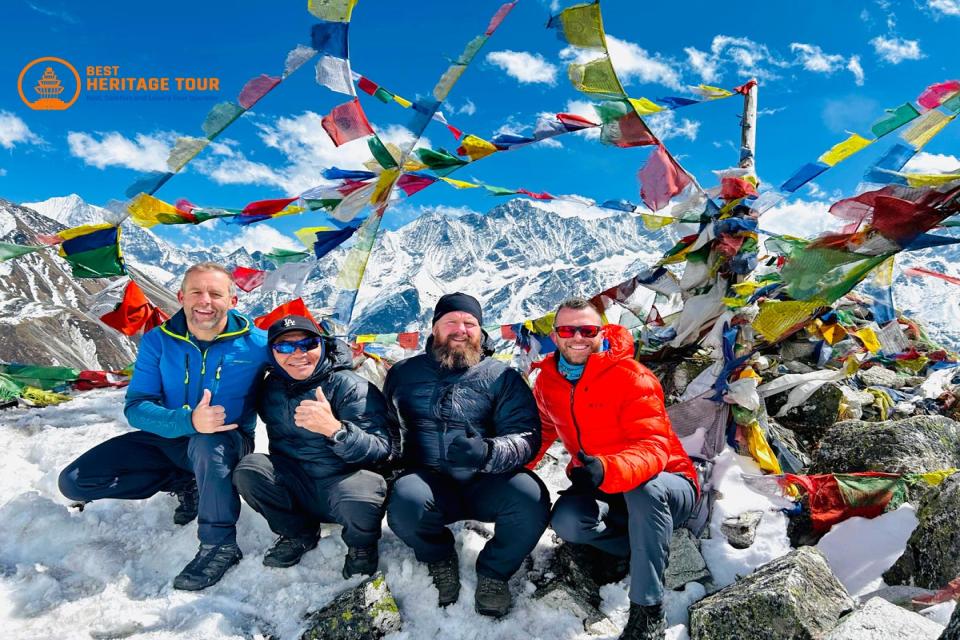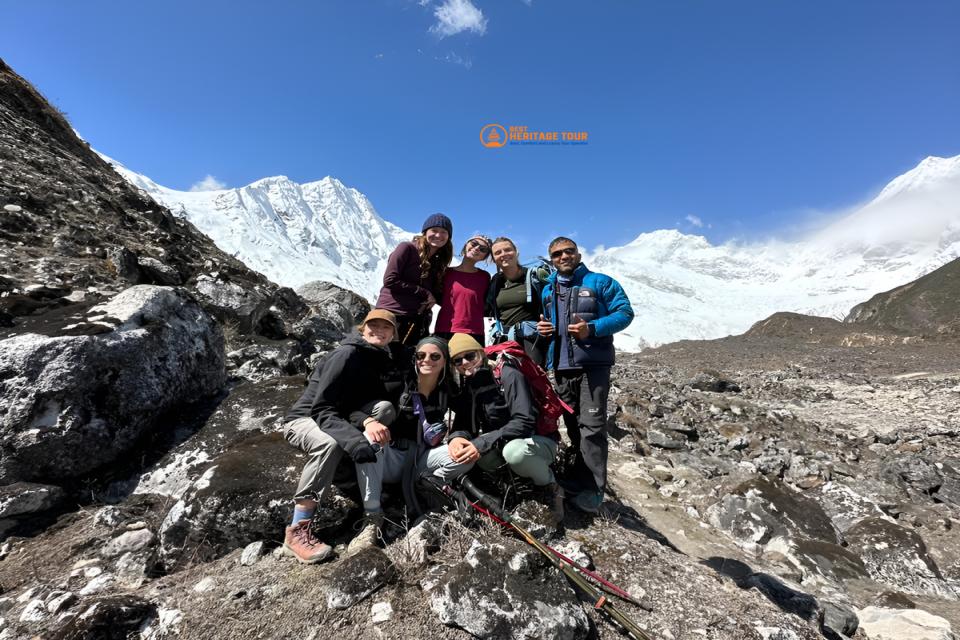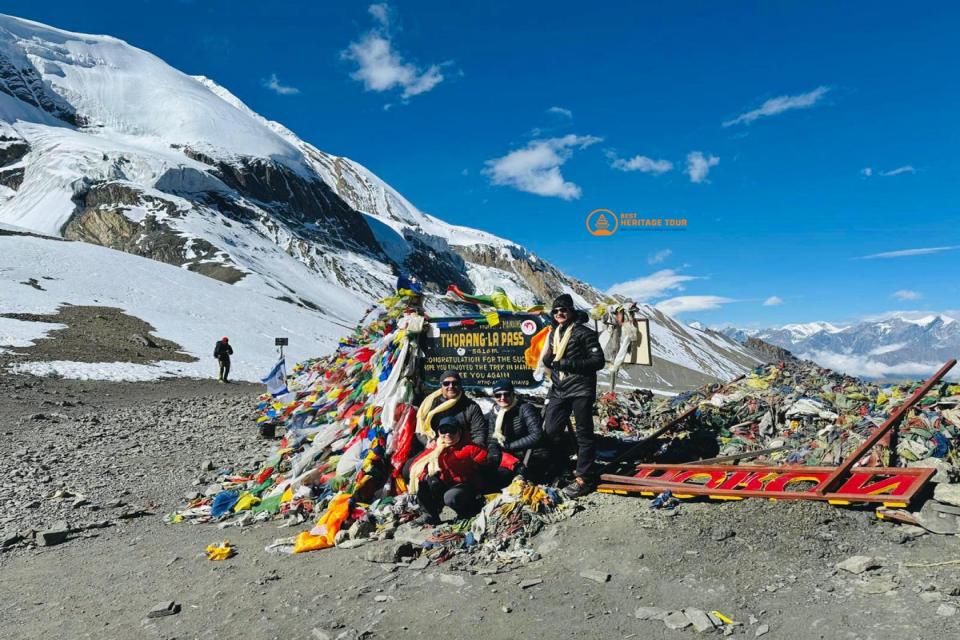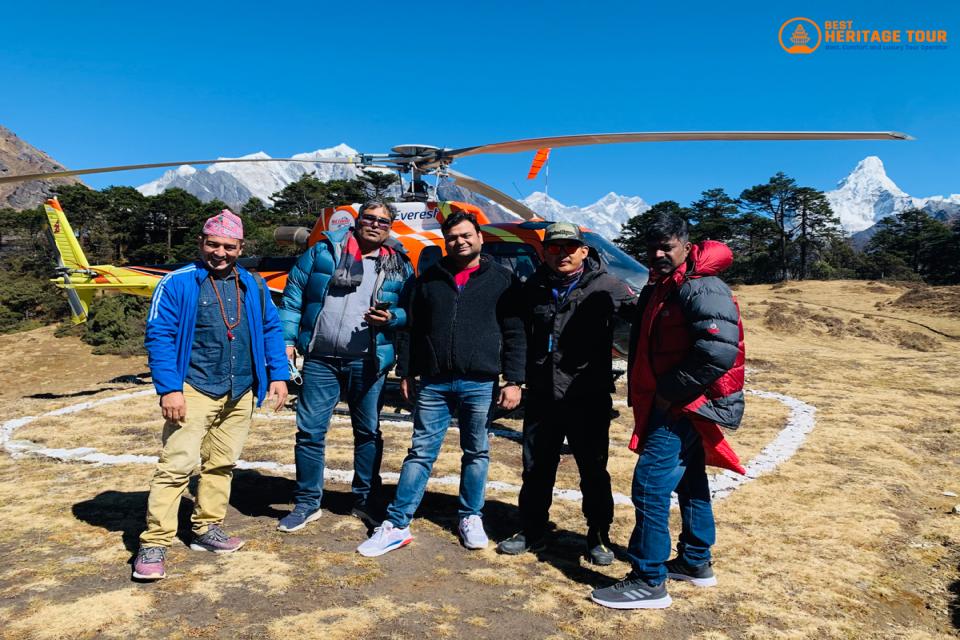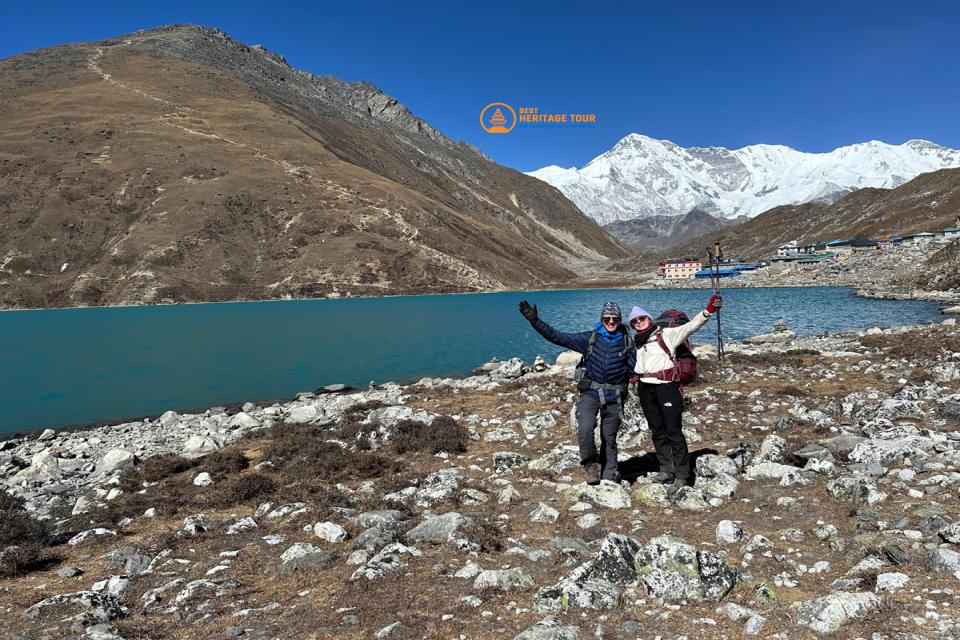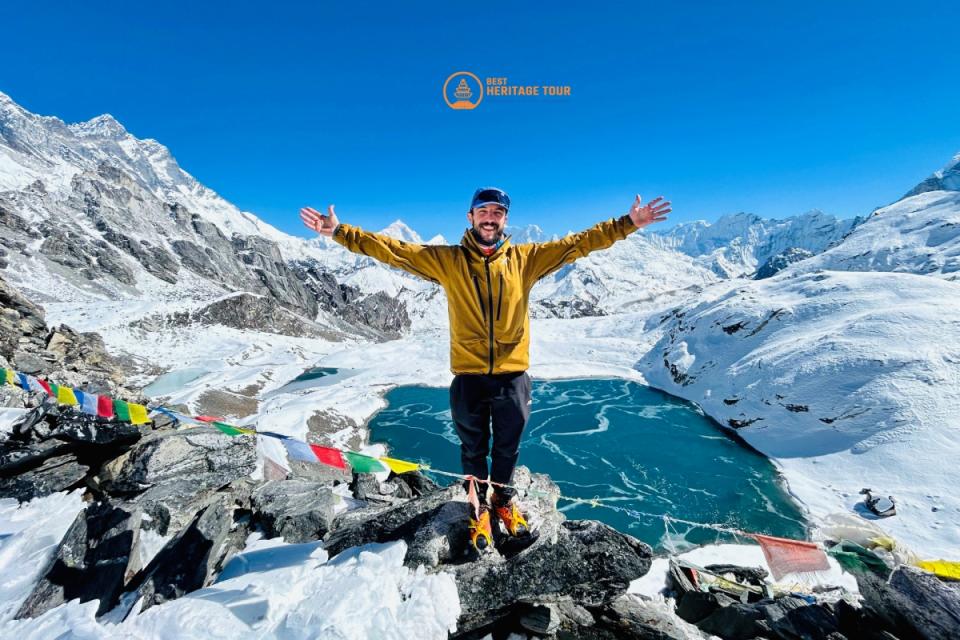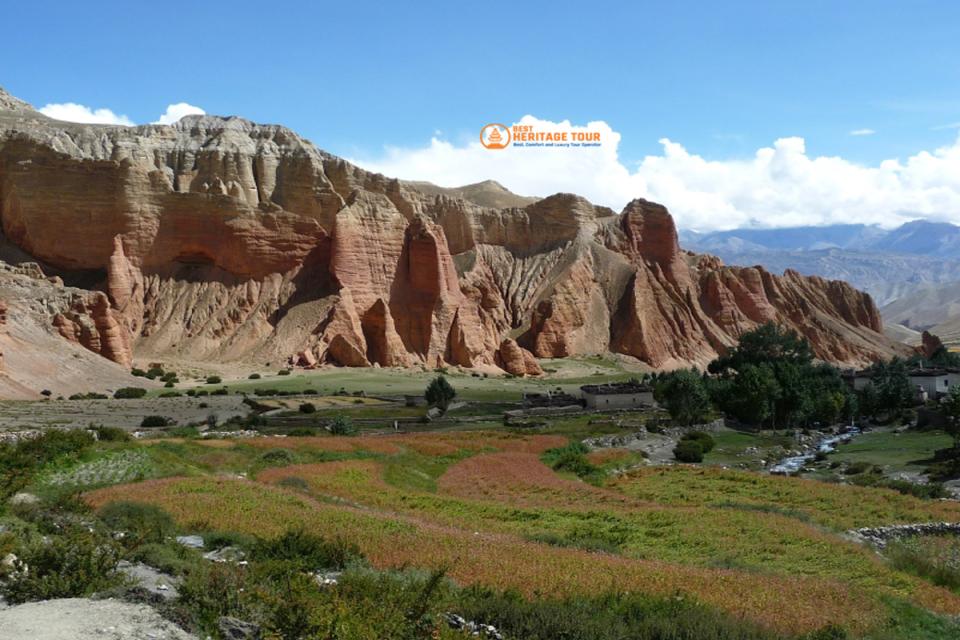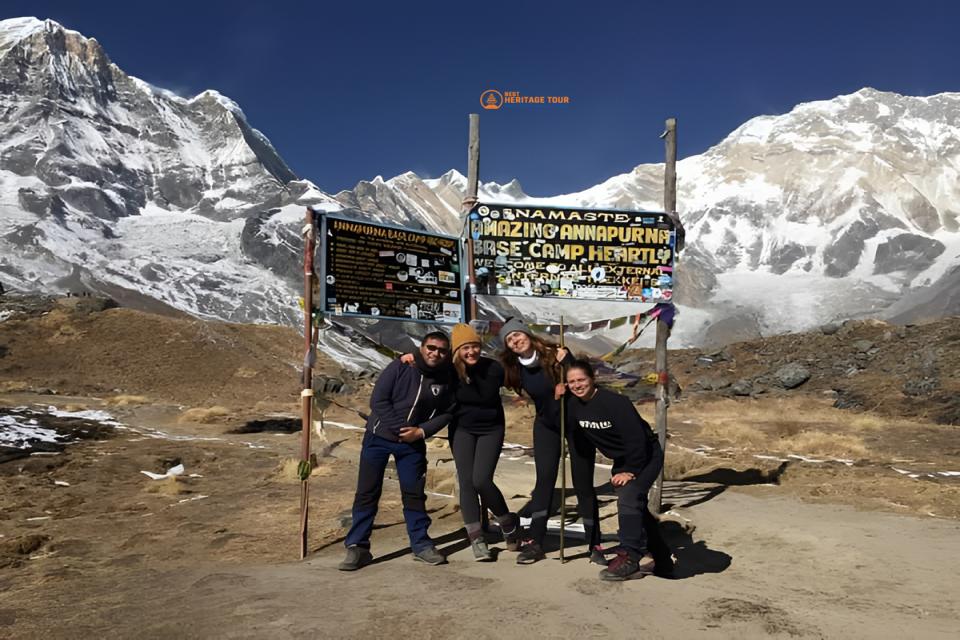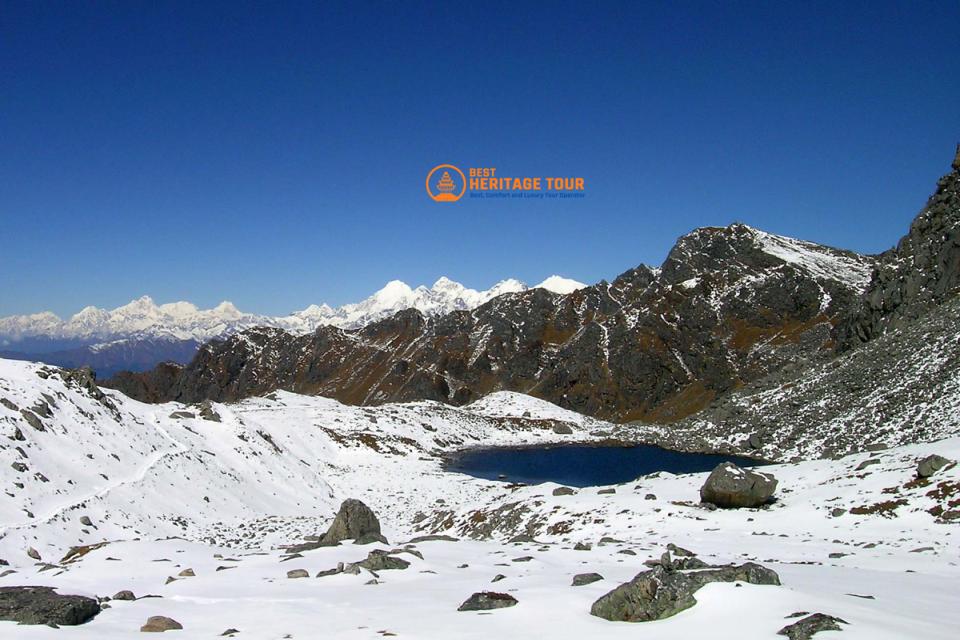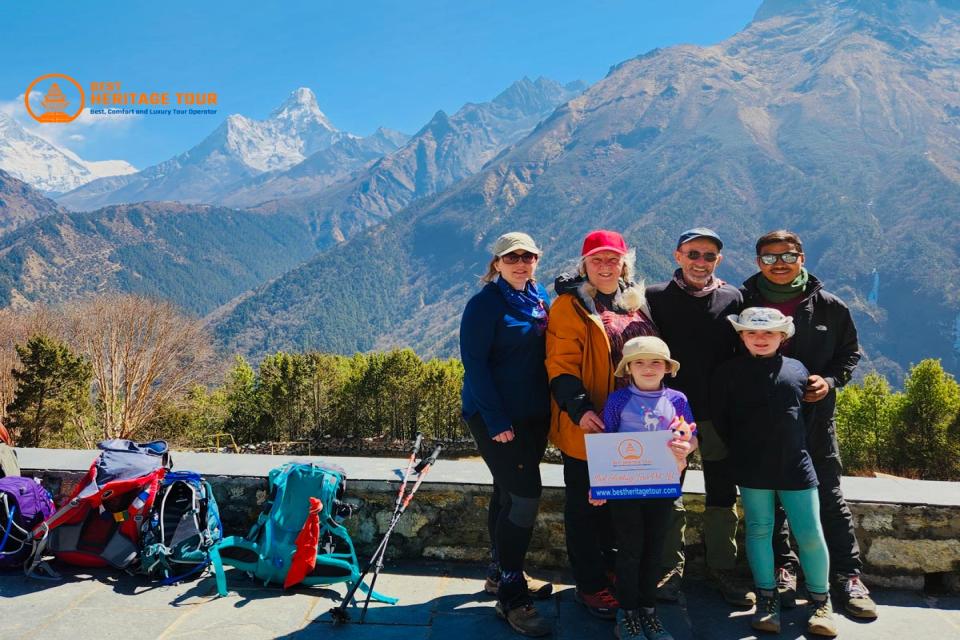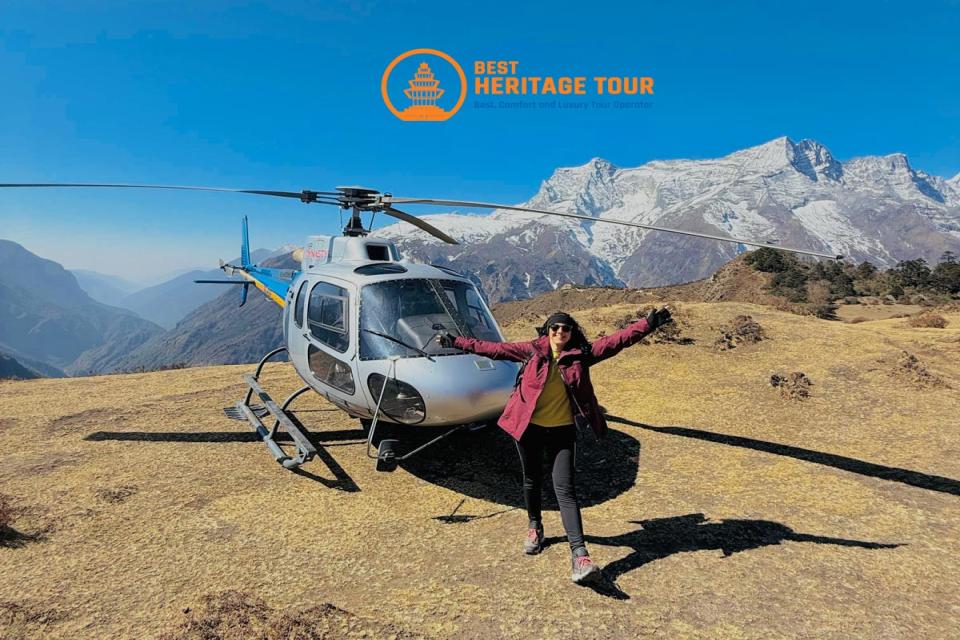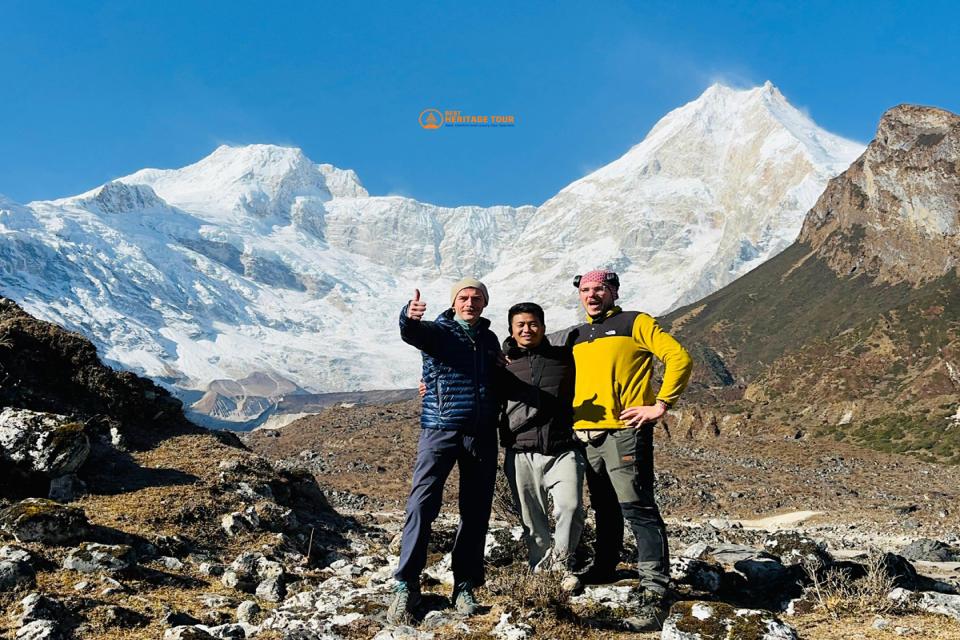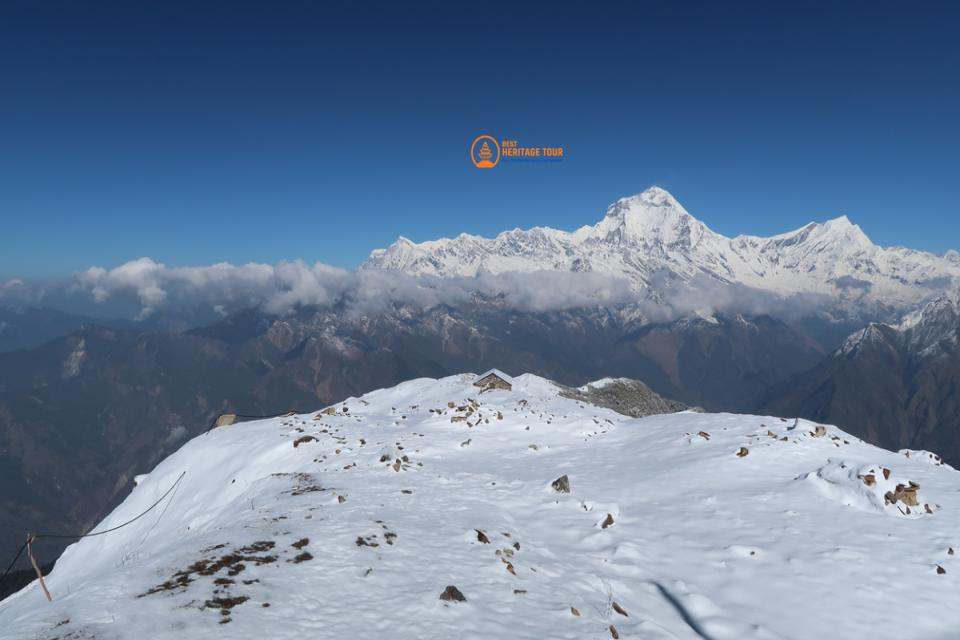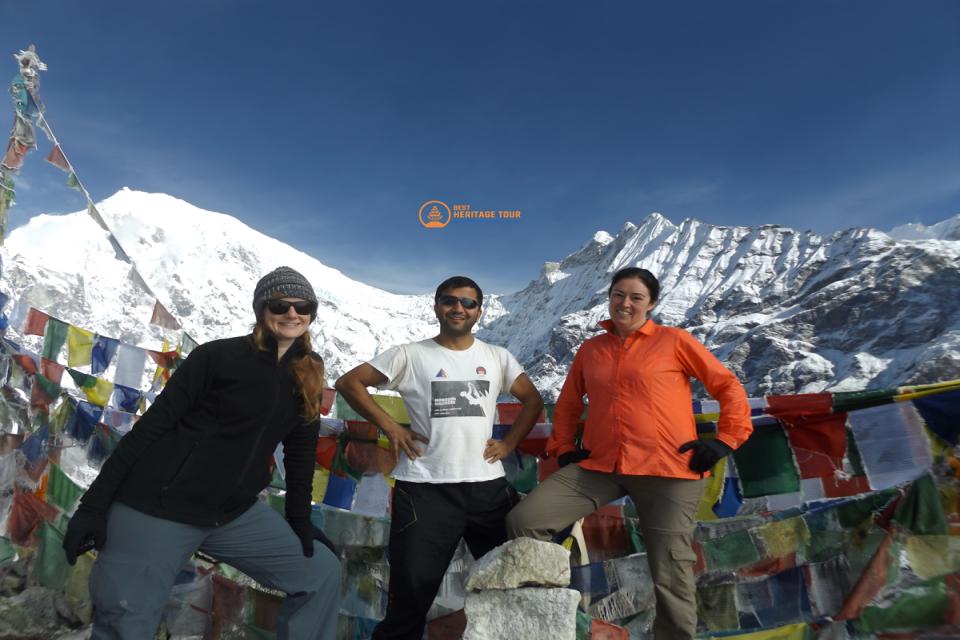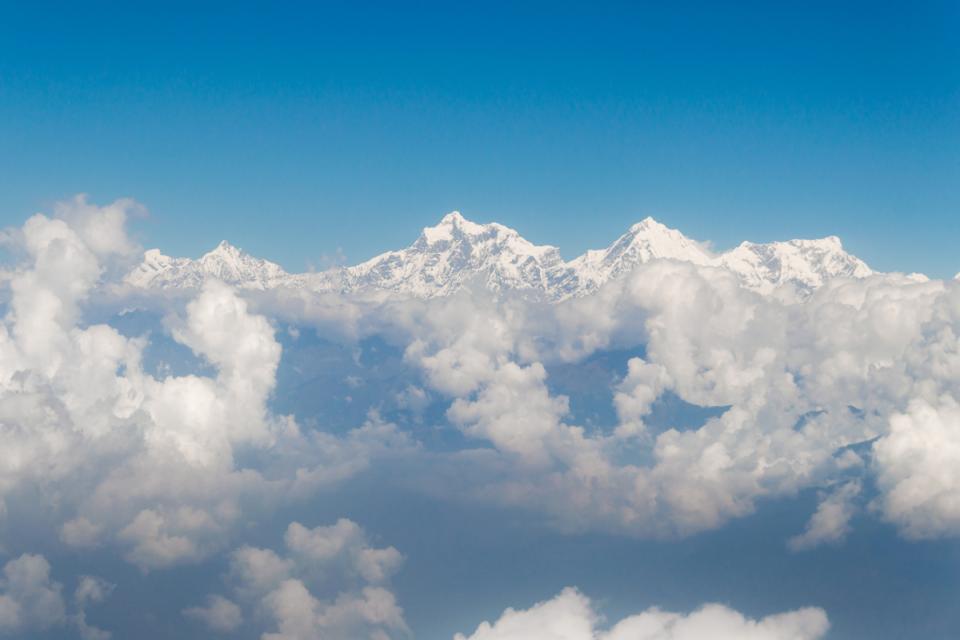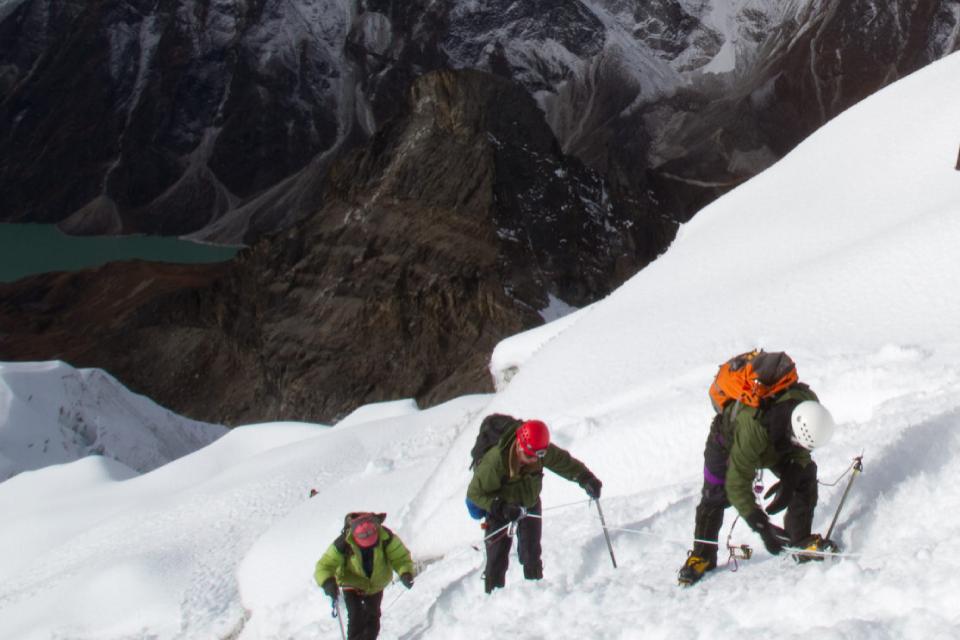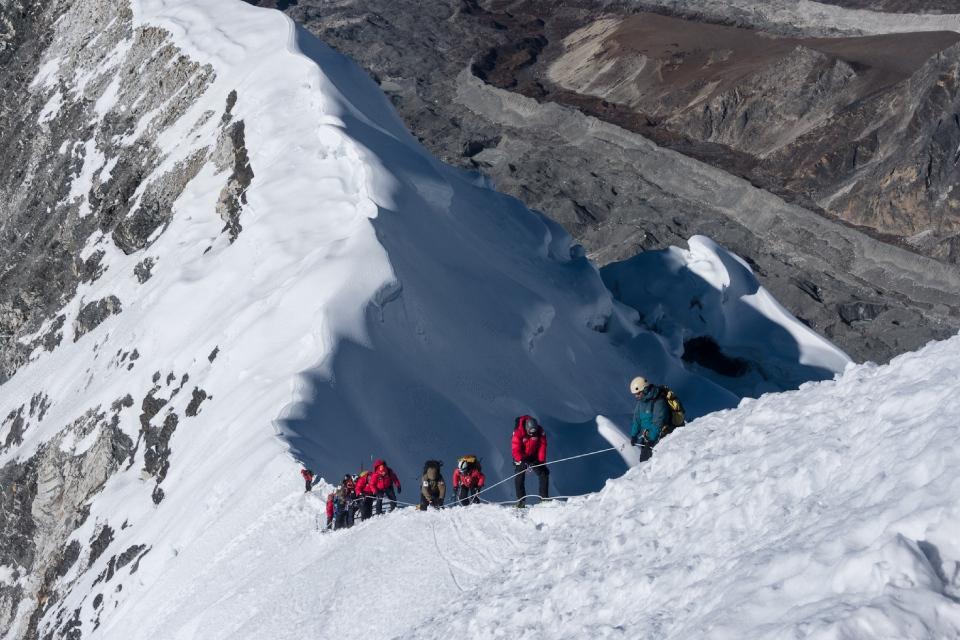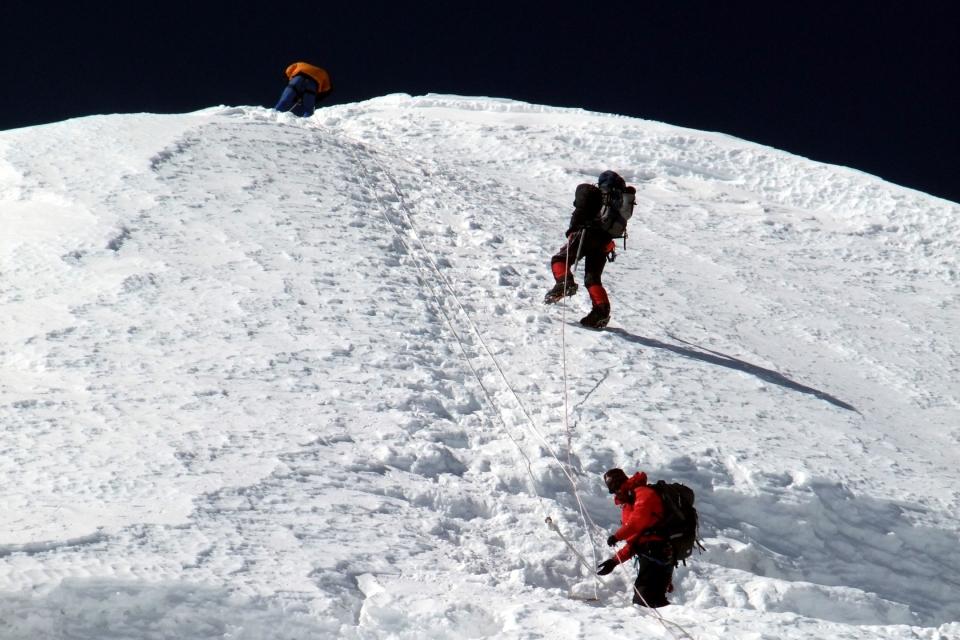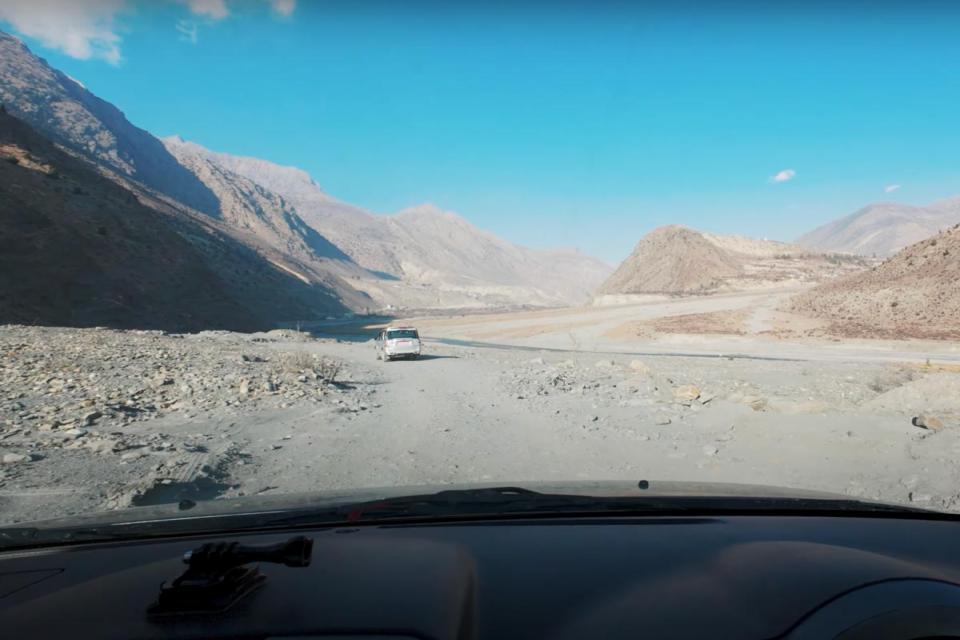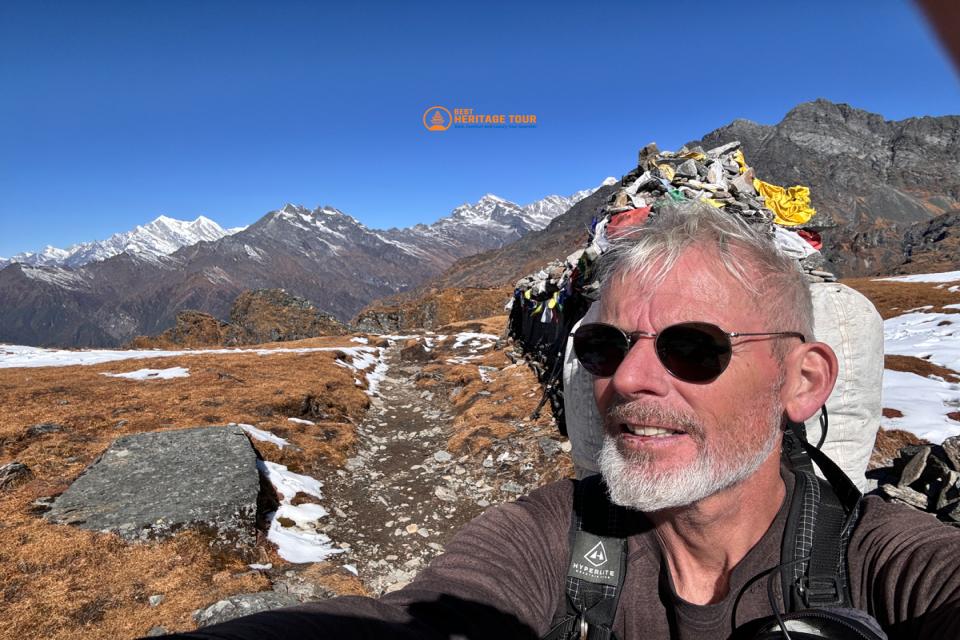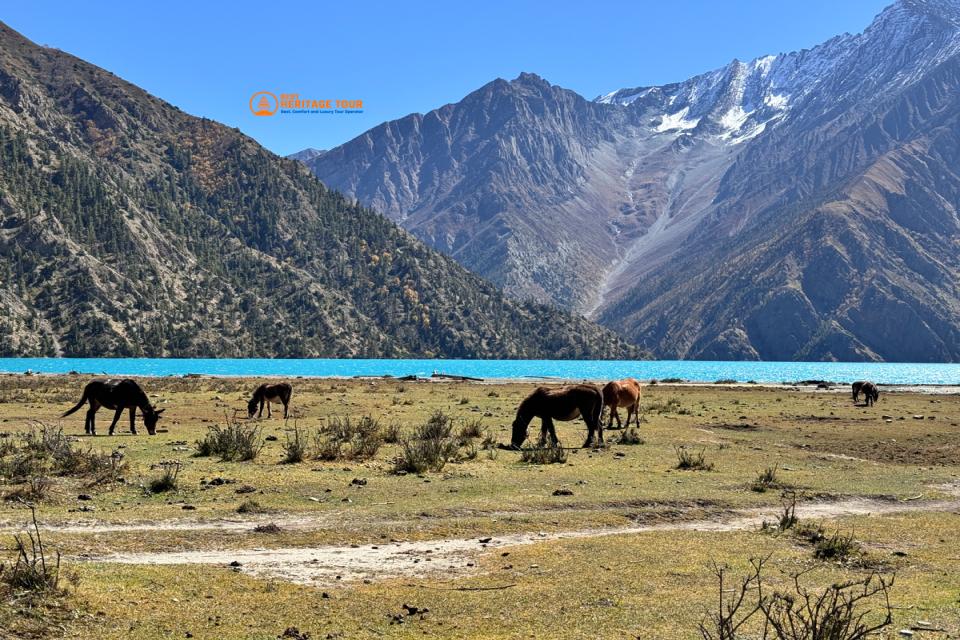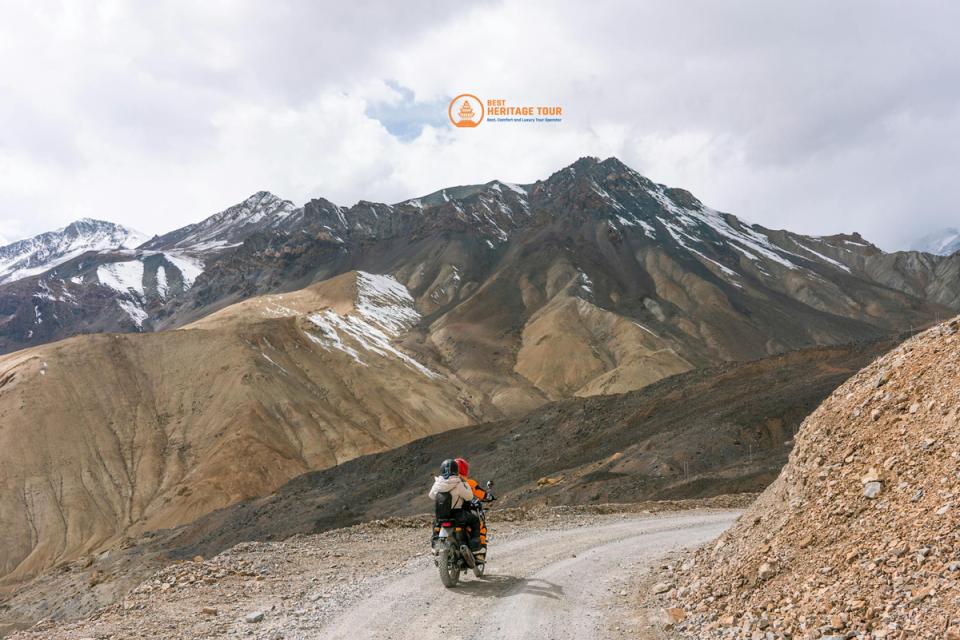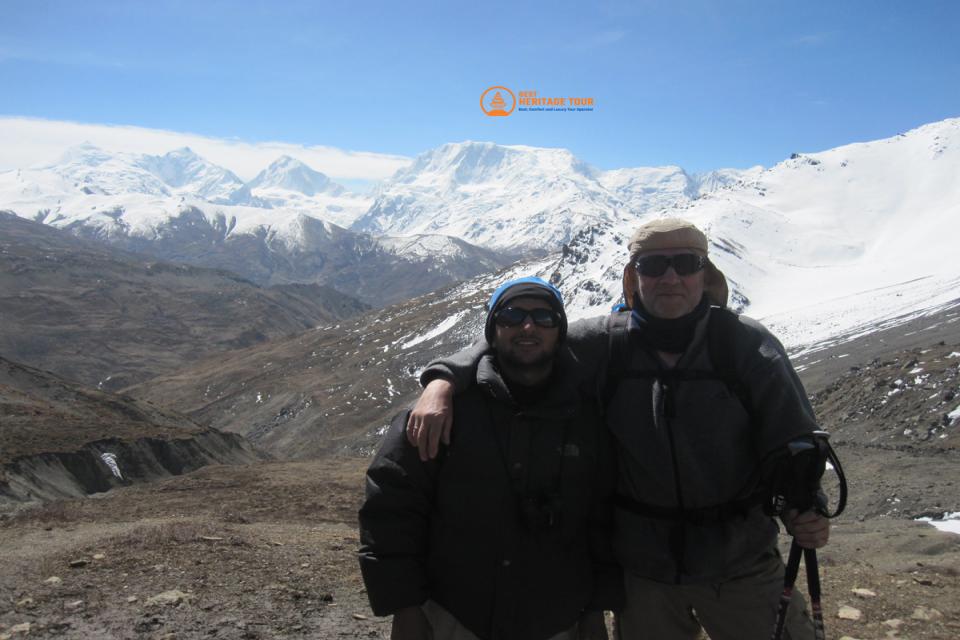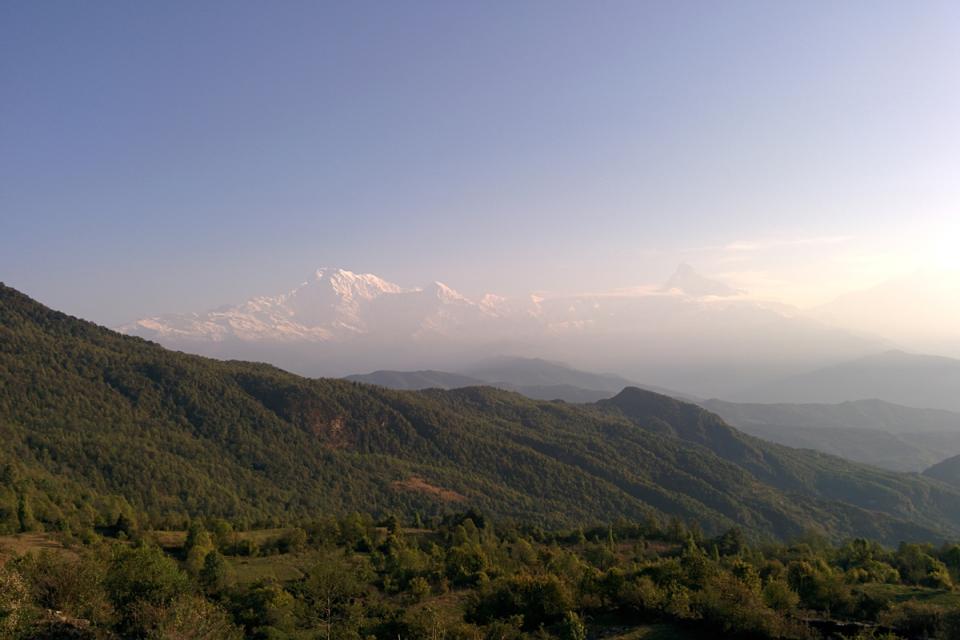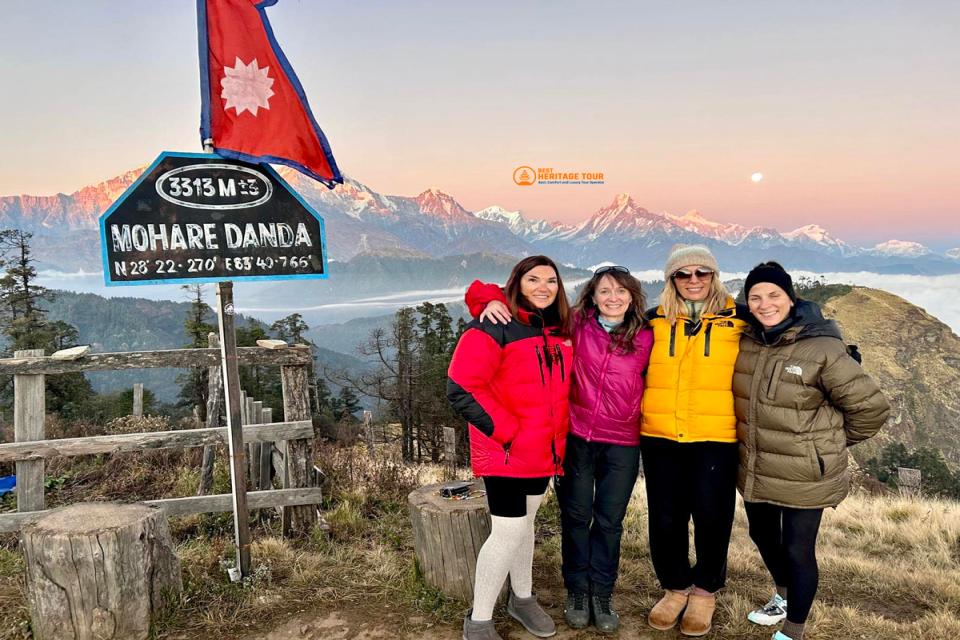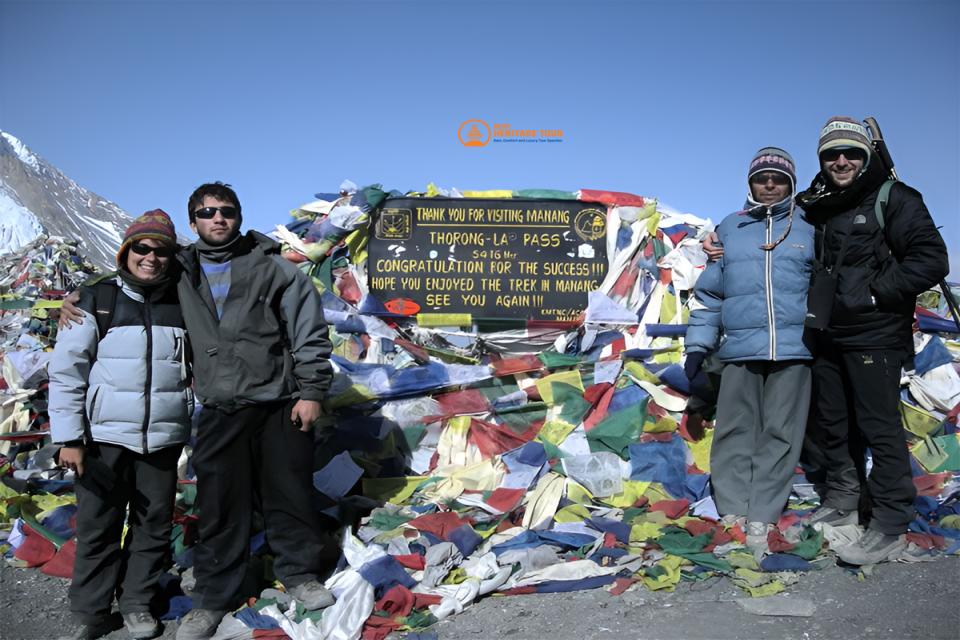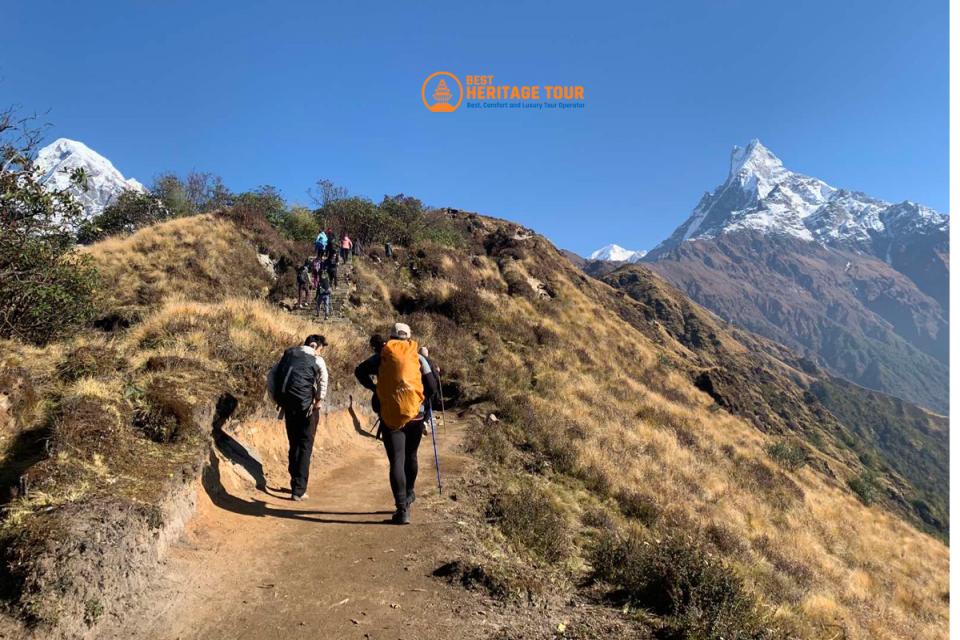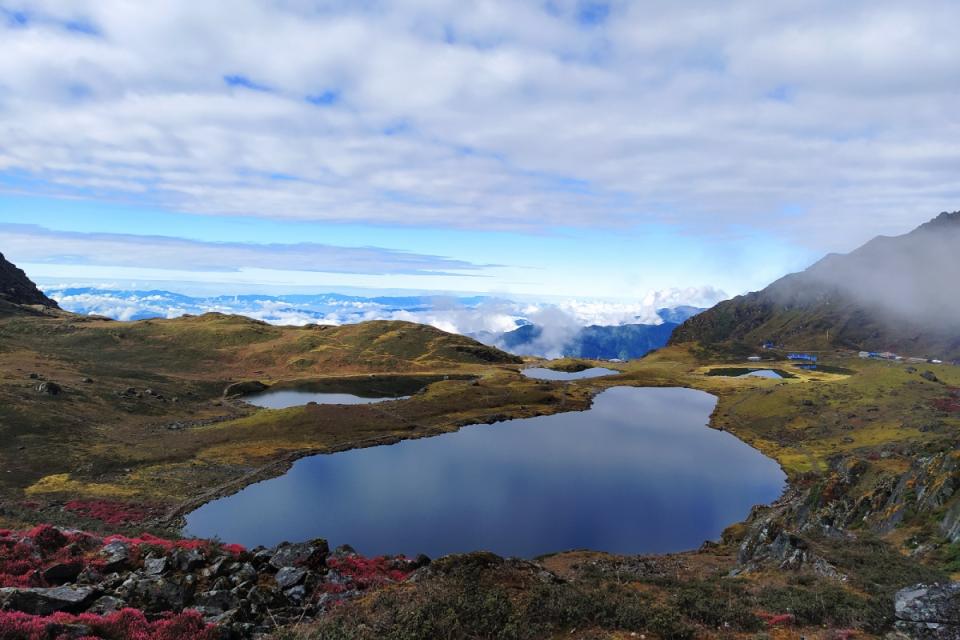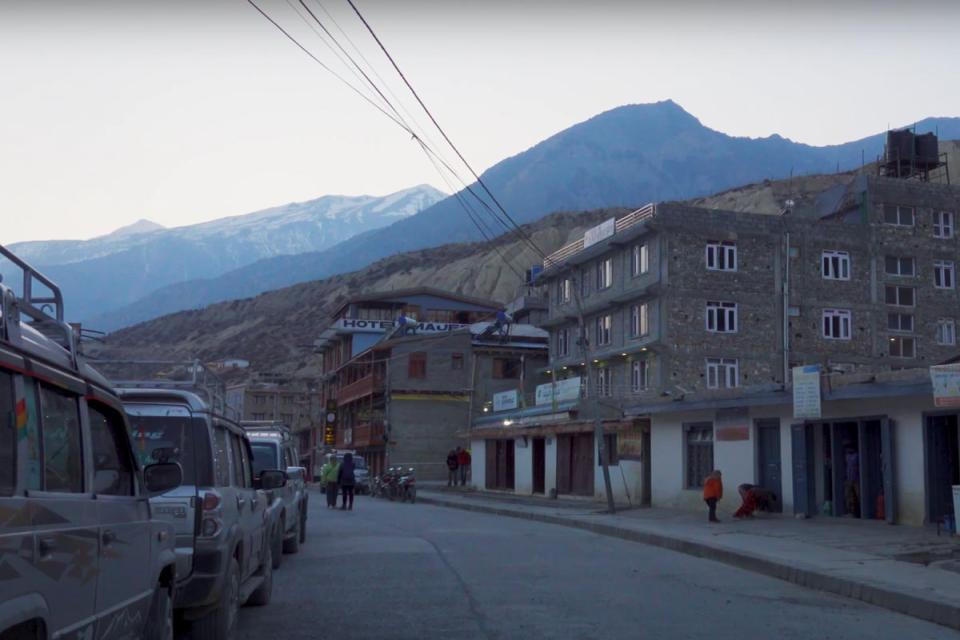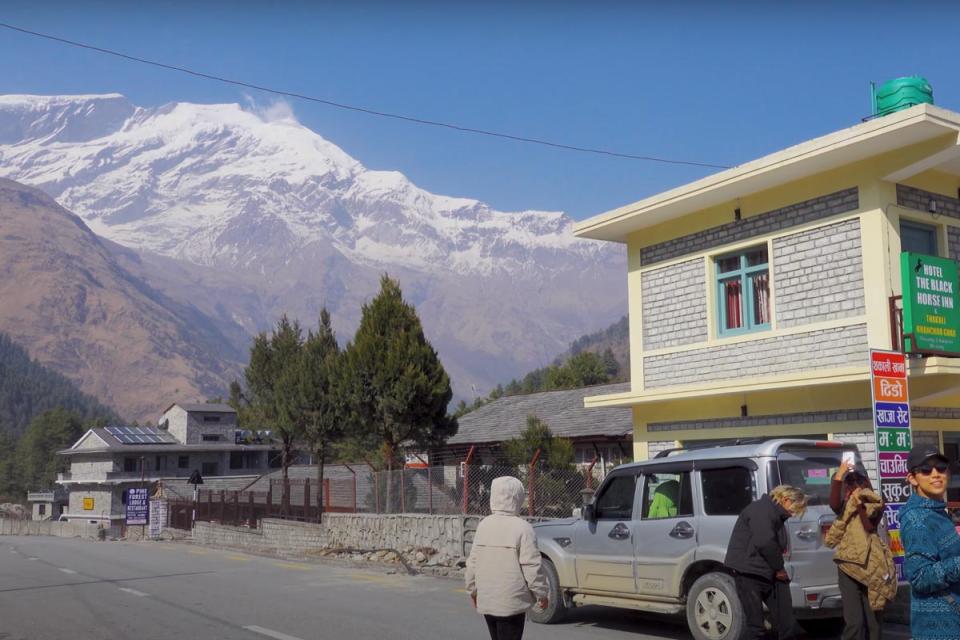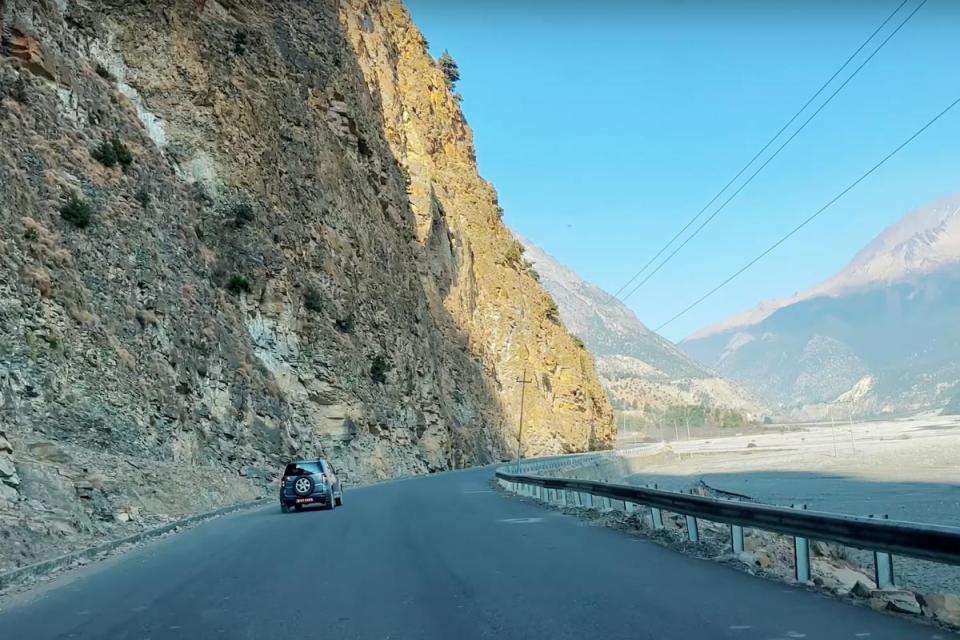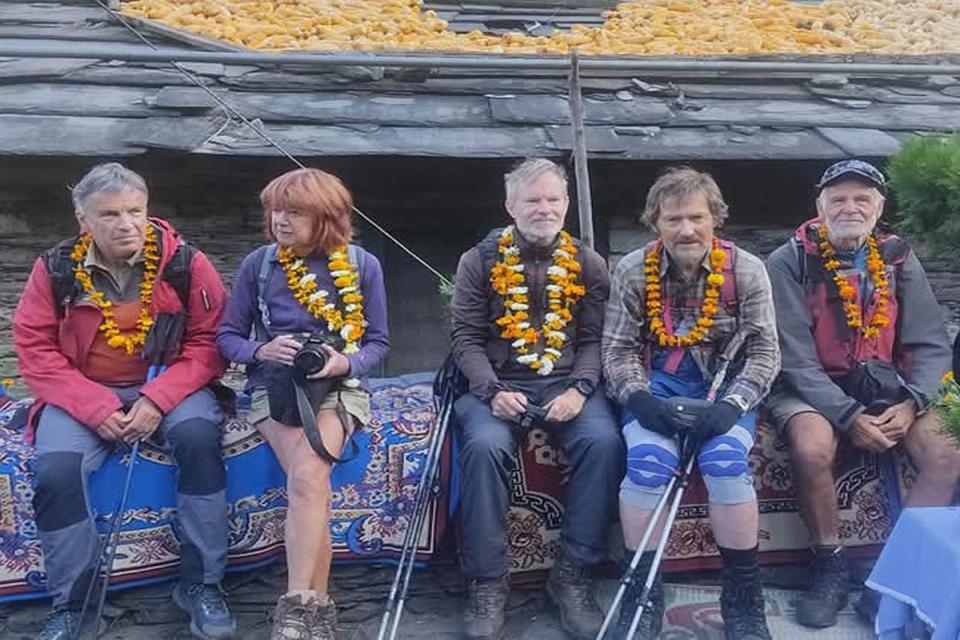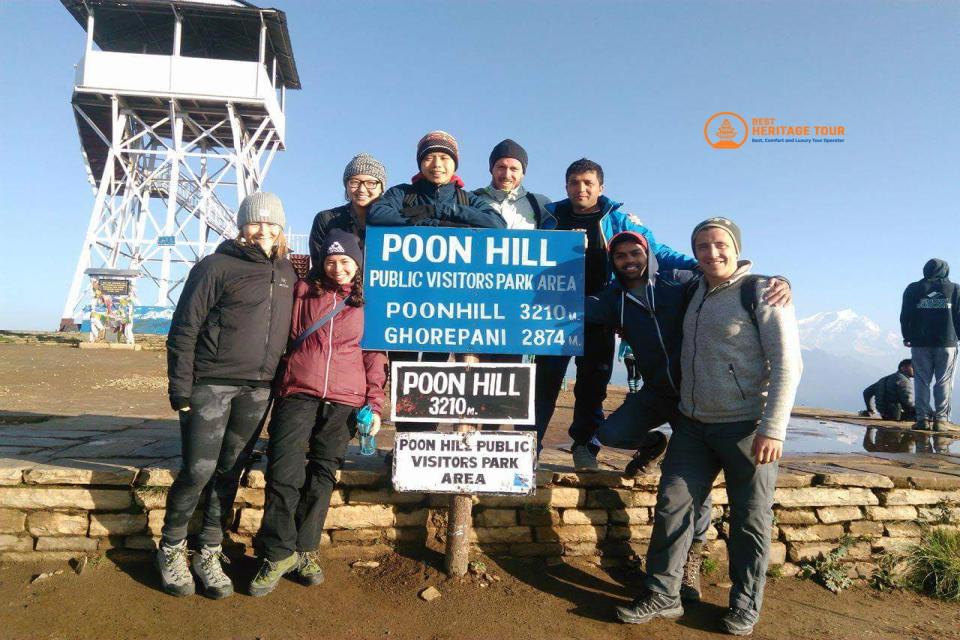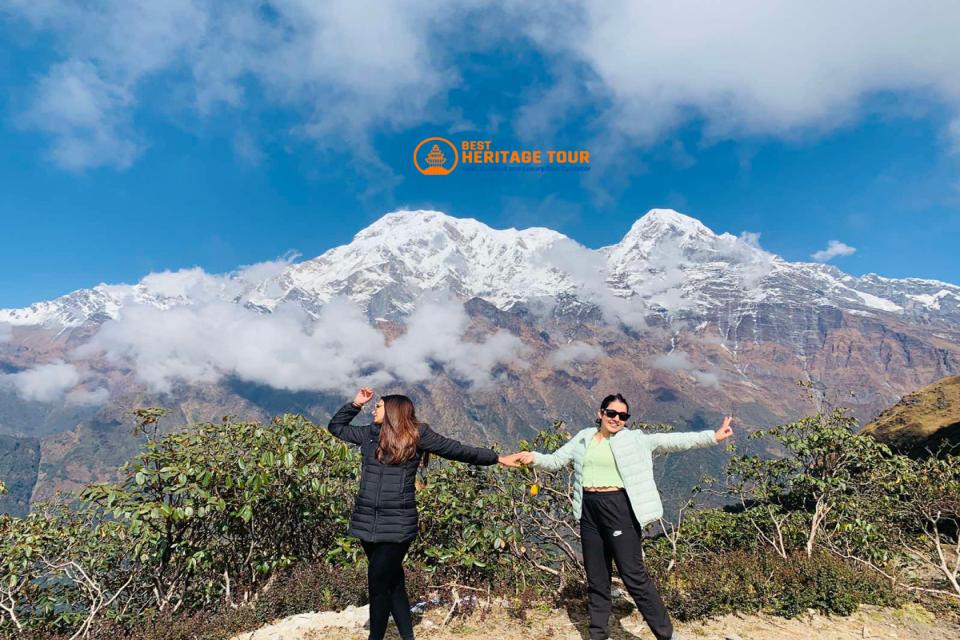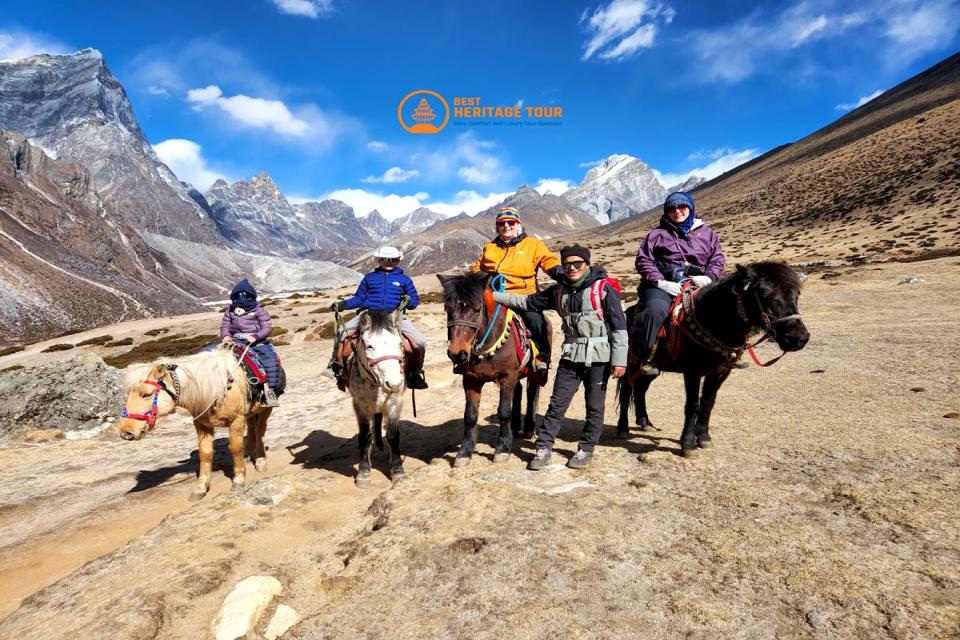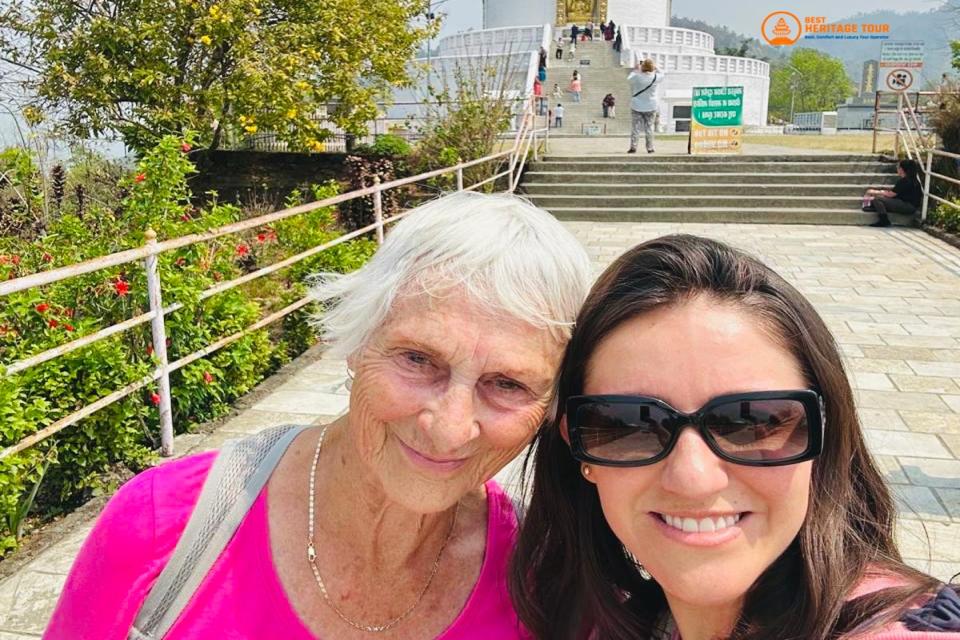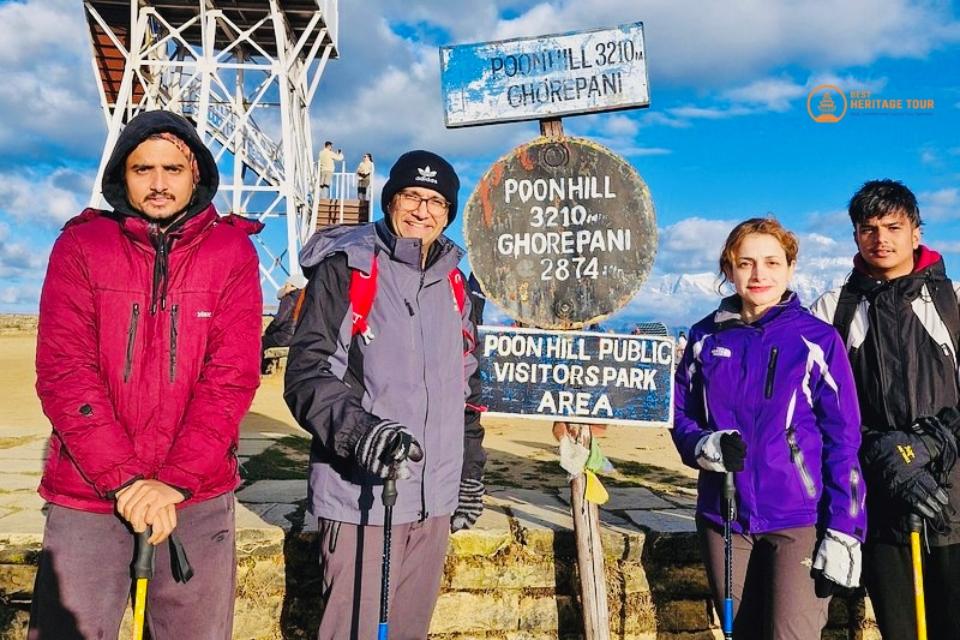Nepal is every trekker’s dream destination- boasting towering peaks, ancient monasteries, and trekking routes that challenge both body and mind. But before you lace up your boots and head for the hills, one crucial aspect of trekking in Nepal should be at the top of your checklist: Permits.
Without the proper permits, you simply cannot trek legally in Nepal. They are essential for your safety, conservation efforts, and maintaining the integrity of the trekking routes. So, what permits do you need to take on the mighty Himalayas? Let’s break it down.
Visa: The First Permit You Need to Enter Nepal
Before any trekking permits can even be thought of, you need to enter Nepal- and for that, you’ll need a valid visa. Here’s everything you should know:
-
Tourist Visa: Available on arrival at Tribhuvan International Airport or at land border entry points.
-
Types of Visa: The standard tourist visa is typically issued for 15, 30, or 90 days, and you can easily extend it while in Nepal.
-
Visa Requirements: You’ll need a valid passport, passport-sized photos, and a completed visa form. The cost varies based on your visa duration.
-
Extension: If you plan on trekking for an extended period, you can easily extend your visa for up to 150 days in total.
Without a visa, entering Nepal is impossible. And without being in Nepal legally, you can’t apply for the specific trekking permits you’ll need later.
Why Permits are Essential for Trekking in Nepal
Trekking in Nepal is regulated by the government to ensure the safety of trekkers, conserve the environment, and maintain infrastructure in remote areas. In short, permits are a necessary part of the system to:
-
Ensure safety of trekkers by keeping track of who is on the trails
-
Contribute to conservation efforts, protecting Nepal’s unique biodiversity
-
Support local communities and tourism-related businesses, which rely on trekking for income
-
Regulate restricted areas, which helps to preserve cultural and natural heritage
The Most Common Trekking Permits in Nepal
Several different permits are required depending on the trekking route you choose. Here’s a rundown of the most common permits for trekking in Nepal:
1. TIMS (Trekkers' Information Management System) Permit
TIMS is a must for most trekking regions in Nepal. This permit allows the authorities to keep track of trekkers, ensuring your safety. It costs approximately NPR 2,000 for individual trekkers and NPR 1,000 for organized groups.
2. National Park Permits
Many of Nepal's most famous trekking routes pass through national parks and conservation areas. You’ll need a permit to access places like:
-
Sagarmatha National Park (for Everest Base Camp)
-
Annapurna Conservation Area (for Annapurna Circuit and Base Camp)
-
Langtang National Park
The cost for a national park permit varies depending on the region, but typically ranges from NPR 3,000 to NPR 5,000.
3. Conservation Area Permits
Trekking in restricted or conservation areas requires a special permit. For example, trekking in Manaslu, Makalu, and Upper Mustang falls under this category. These permits are more expensive and may require an organized trekking group with a licensed guide. Prices can range from NPR 2,000 to NPR 10,000, depending on the region.
4. Restricted Area Permits
Some areas of Nepal require trekkers to obtain restricted area permits. These include destinations like Upper Mustang, Dolpo, and Kanchenjunga. You can only trek in these areas with an organized group and a licensed guide. The cost varies greatly based on the region and the length of the trek.
How to Obtain Trekking Permits in Nepal
Getting your hands on the necessary permits is relatively straightforward:
-
TIMS Permit: Available at the Tourism Information Center in Kathmandu or Pokhara, or through a licensed trekking agency.
-
National Park Permits: Can be obtained at the entrance gate of the national park, or through an agency before starting your trek.
-
Conservation Area and Restricted Area Permits: These are usually arranged through your trekking agency, as you’ll need a guide to access these areas.
Fees and Paperwork
Each permit comes with a processing fee, and you’ll need a valid passport to apply for them. Always carry copies of your permits and passport while trekking. Keep them safe, as you may need to show them to authorities at checkpoints along the trail.
Tips for Trekking Permits in Nepal
-
Plan Ahead: Apply for permits in advance, especially for restricted areas.
-
Get Your Visa Early: Make sure your visa is valid for the duration of your trek, with room for extensions if needed.
-
Keep Copies Safe: Take both physical and digital copies of your permits, visa, and passport.
-
Work with a Licensed Agency: Many trekkers opt to hire a licensed guide and porter, especially for restricted areas. Your trekking agency will help arrange permits, transport, and accommodations, streamlining the process.
How Trekking Permits Enhance Your Trekking Experience
While trekking permits might seem like just an additional administrative step, they actually enhance your trekking experience in more ways than one:
1. Support Local Communities and Businesses
Permits help channel funds into local communities, where the trekking economy thrives. From the small teahouses along the trail to local porters, the trekking industry creates jobs that benefit the people of Nepal.
2. Environmental Conservation Efforts
The fees collected from trekking permits contribute directly to the conservation of Nepal’s stunning landscapes, national parks, and wildlife. The funds help maintain trails, protect endangered species, and reduce the impact of tourism on the environment.
3. Peace of Mind Knowing You’re Trekking Responsibly
Trekking in Nepal with the proper permits ensures that you are following the country's regulations, which ultimately benefits the natural and cultural heritage. You'll trek with a sense of responsibility, knowing that your journey supports sustainable tourism and conservation.
Summary Table: Trekking Permits in Nepal
|
Ready to Begin Your Trekking Adventure?
Now that you know everything about trekking permits in Nepal, it’s time to start planning your dream adventure. Whether you're heading to Everest Base Camp, Annapurna Circuit, or any of Nepal’s stunning trekking routes, our team is here to help.
-
Get your permits sorted
-
Experienced guides to assist you
-
Tailored trekking packages for every type of adventurer
Book Your Trekking Package or Contact Us to get started on your Nepal adventure today!
Contact Best Heritage Tour Company
Visit Best Heritage Tour Pvt.Ltd. official website to gather information about BHT services.
Look for contact details:
Phone number/Viber /What’s App: +9779851149197 / +9779810043046
Email: bestheritagetour@gmail.com/ info@bestheritagetour.com to get in touch with them directly.
Author: Best Heritage Tour
Date: 6th April, 2025

